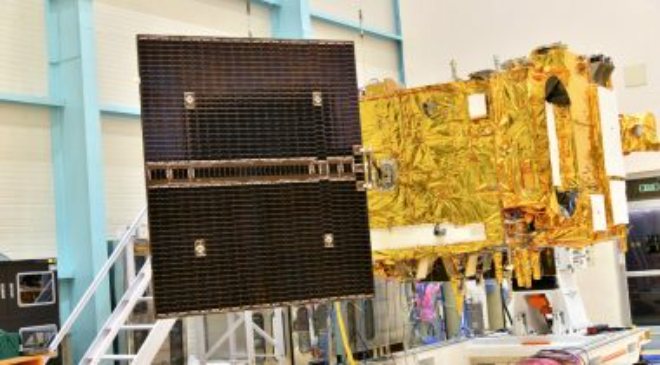The unique positioning at the L1 point will enable Aditya-L1 to observe the sun continuously, providing uninterrupted insights into solar activities and their influence on space weather in real-time.
New Delhi: New Delhi: India’s maiden solar mission, Aditya-L1, launched on September 2, is now poised for its ultimate maneuver to reach the targeted L1 point. Aditya L-1 will be finally placed in a halo orbit around Lagrangian Point 1 (or L1), which is 1.5 million km away from the Earth in the direction of the sun.
Read More: Ram Mandir Consecration: Paytm Inks MoU With Ayodhya Nagar Nigam To Enable Mobile Payments
Upon arrival at the L1 point, another manoeuvre binds Aditya-L1 to an orbit around L1, a balanced gravitational location between the Earth and the Sun, according to information shared on ISRO‘s official website.
The strategic location will enable Aditya-L1 to continuously observe the sun without being hindered by eclipses or occultation, allowing scientists to study solar activities and their impact on space weather in real time. Also, the spacecraft’s data will help identify the sequence of processes that lead to solar eruptive events and contribute to a deeper understanding of space weather drivers.
Read More: Dense fog, cold wave grip Delhi-NCR; north India sees mercury plunge
The satellite has seven different payloads to conduct detailed study of the sun, four of which will observe the light from the sun and the other three will measure in-situ parameters of the plasma and magnetic fields.
The largest and technically most challenging payload on Aditya-L1 is the Visible Emission Line Coronagraph or VELC. VELC was integrated, tested, and calibrated at the Indian Institute of Astrophysics’ CREST (Centre for Research and Education in Science Technology) campus in Hosakote in collaboration with ISRO.
Major objectives of India’s solar mission include the study of the physics of solar corona and its heating mechanism, the solar wind acceleration, coupling and dynamics of the solar atmosphere, solar wind distribution and temperature anisotropy, and origin of Coronal Mass Ejections (CME) and flares and near-earth space weather.



































